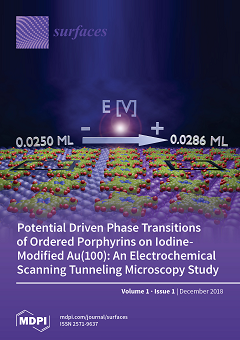Vibrio parahaemolyticus and
Vibrio alginolyticus are important pathogenic agents for both humans and aquatic animals. Twenty-five bacterial strains were isolated from infected sea bass (
Dicentrarchus labrax) on thiosulfate citrate bile salts sucrose (TCBS) agar plates. For the species-specific detection of
V.
[...] Read more.
Vibrio parahaemolyticus and
Vibrio alginolyticus are important pathogenic agents for both humans and aquatic animals. Twenty-five bacterial strains were isolated from infected sea bass (
Dicentrarchus labrax) on thiosulfate citrate bile salts sucrose (TCBS) agar plates. For the species-specific detection of
V. alginolyticus and
V. parahaemolyticus, a multiplex PCR assay using two collagenase-targeted primer pairs allows the detection of four strains of
V. parahaemolyticus and three strains of
V. alginolyticus. The seven identified isolates were partitioned for capsule production, hydrophobicity, adherence, biofilm formation, invasion, and cytotoxicity against Hep-2 cells. Two
V. parahaemolyticus (Spa2 and Spa3) and one
V. alginolyticus (Va01) were capsule producers developing almost black colonies on CRA, they showed a strong hydrophobicity using bacterial adhesion to hydrocarbons test (BATH), and were able to produce high biofilm. Isolates were able to adhere and invade Hep-2 cells and exhibited dissimilar levels of cytotoxicity in epithelial cells. This study shows the strong relationship between adhesion, biofilm formation, invasion and the cytotoxicity of
Vibrio strains. Thus, we found a strong and significant positive correlation between different virulence properties of these isolates. The present study shows that bacterial contact with the cells as well as adhesion and invasion are essential steps to induce cytotoxicity. However, the invasion is seen to be a post adherence event.
Full article





